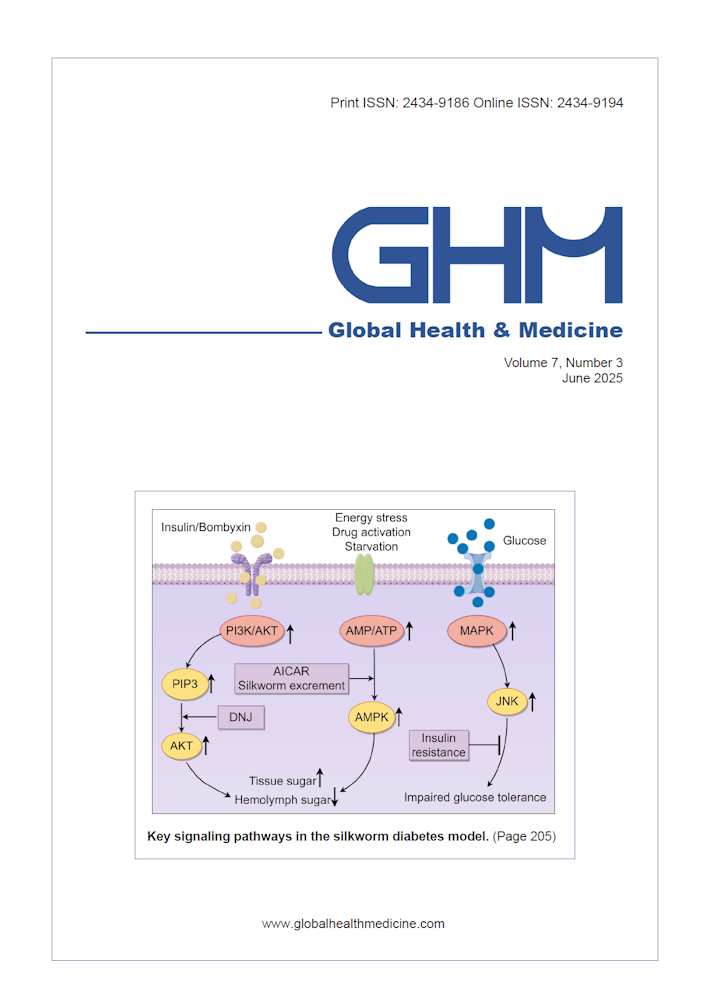Global Health & Medicine 2021;3(3):157-162.
Surgical treatment for oral tongue squamous cell carcinoma: A retrospective study of 432 patients
Oikawa Y, Kugimoto T, Kashima Y, Okuyama K, Ohsako T, Kuroshima T, Hirai H, Tomioka H, Shimamoto H,Michi Y, Harada H
The incidence of oral cancer in Japan accounts for 1% of all cancers, with oral tongue cancer accounting for 60% of oral cancers based on the subsite. The most common histologic type is squamous cell carcinoma. This study aimed to evaluate the series of surgical treatments for 432 patients with oral tongue squamous cell carcinoma (OTSCC). Initial surgical treatments for the primary site included partial glossectomy, hemiglossectomy, and total or subtotal glossectomy in 348, 58, and 26 patients, respectively. Therapeutic neck dissection, elective neck dissection, and subsequent neck dissection were performed in 74, 53, and 37 patients, respectively. Patients with advanced cases had level IIb, IV, and V metastasis and outside regional lymph node metastases. The cumulative 5-year disease-specific survival rate for OTSCC was 92.8%, and the rates for each stage were 96.6%, 93.9%, 84.1%, and 79.0% in stages I, II, III, and IV, respectively. The recurrence rate, overall salvage rate for recurrent cases, and rate for the additional surgical group were 10.4%, 46.7%, and 78.6%, respectively. Patients with multiple cervical lymph node metastases, extranodal extension, metastases to multiple levels, and lower neck metastases had poor prognosis. In conclusion, careful follow-up is necessary to detect recurrence of primary tumors at a stage when surgical treatment can be performed, and cervical lymph node status is one of the most important prognostic factors in OTSCC.
DOI: 10.35772/ghm.2020.01084







